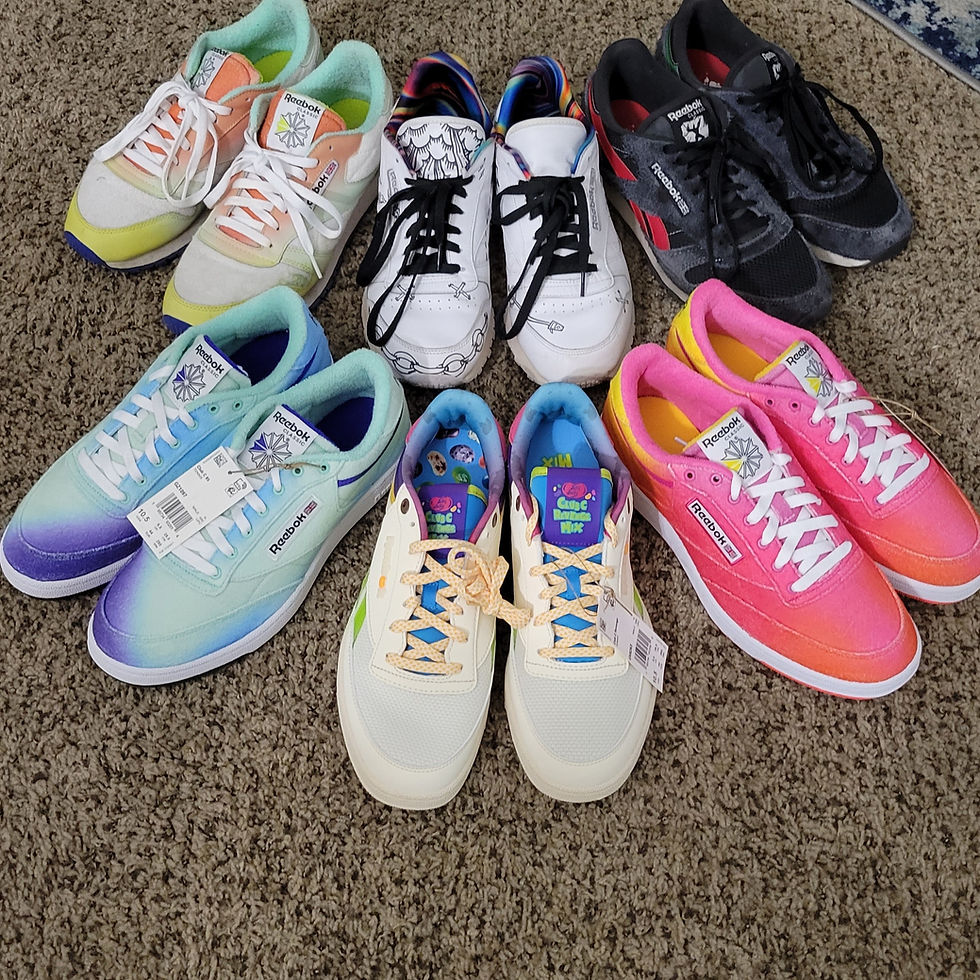1. Shoes: Your Most Important Tool
Your shoes are the foundation of your parkour training. The right pair can enhance grip, reduce impact, and give you confidence as you move. After testing about 30 different types of shoes, here are my top recommendations:

Reebok Classic Nylon or Leather- These shoes strike the perfect balance between durability, grip, and comfort. Their sturdy build and classic design make them a staple for parkour athletes. If you’re looking for a reliable option to handle various surfaces, start here.
Vans UltraRange- If you prefer a lighter, sleeker design, the Vans UltraRange is an excellent choice. They’re great for mobility and provide a solid grip, especially for urban parkour. Plus, they’re stylish enough to wear casually.
Feiyues- For those seeking the lightest and most minimal option, Feiyues are legendary. These martial arts shoes are incredibly lightweight and offer a barefoot-like feel, allowing you to hone your foot precision. However, they’re less durable, so they’re best suited for controlled environments or lighter training sessions.
2. Clothing: Keep It Functional and Comfortable
Parkour is all about unrestricted movement, so your clothing should enable you to move freely while withstanding the rigors of training. Here’s what I recommend:
T-Shirts or Tank Tops- Stick to breathable, moisture-wicking fabrics. Lightweight cotton or performance materials are great for keeping cool during intense sessions.
Sweatpants- Comfortable, flexible sweatpants are a parkour staple. Look for pants with reinforced stitching and stretchy material to ensure durability and mobility. Bonus Tip: Get sweatpants with zippered pockets. I’ve broken three phones because of loose-fitting or open pockets. Zippers are a must to keep your belongings secure while training.
3. Accessories: Useful but Optional
While parkour doesn’t require much beyond your body and shoes, a few accessories can enhance your experience:

Wristbands or Grip Tape- These can help reduce sweat and improve grip when training in hot weather. essentials like water, snacks, and a first-aid kit. Look for one with chest straps to prevent shifting during movement.
Chalk or Liquid Chalk- Useful for improving grip, especially during wall climbs or bar work.
4. Things to Avoid
Not all gear is created equal, and some items can hinder your training or even cause harm:
Overly Cushioned Running Shoes- While comfortable, these shoes can reduce your ability to feel surfaces, affecting your balance and precision.
Baggy Clothing- While loose clothing allows for movement, overly baggy items can snag on obstacles and become a safety hazard.
5. Personal Experience: What I’ve Learned

When I first started parkour, I made many gear mistakes. I’d wear shoes that were too heavy or lacked grip, and I’d constantly drop my phone because I didn’t think about pocket design. Over the years, I’ve refined my approach. Now, I prioritize function and reliability in every piece of gear I use.
Investing in the right equipment not only makes training more enjoyable but also keeps you safer as you push your limits.
Final Thoughts
Parkour is a discipline that requires little more than your body and determination. However, the right gear can enhance your experience and help you perform at your best. Start with a good pair of shoes, functional clothing, and a few optional accessories. Remember, it’s not about looking the part—it’s about moving with confidence and freedom

Comments